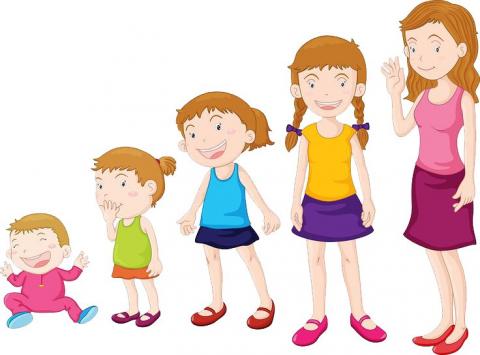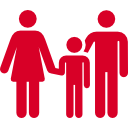
Back in 2008, 12.2 million kids while in the USA under the time of 18, or even significantly more than just one in 6 kids, ended up residing in poverty (US Census Bureau 2009). Given this type of higher poverty rate, the ramifications of growing up achievement has emerged as an essential research issue. Of specific fascination is if income service programs such as the Earned Income Tax Credit (EITC) can boost baby advancement. Even the degree to which revenue care plans, and household income broadly speaking, influence kids is not, estimated. The problem faced by investigators wanting to gauge the impact of household income has become the endogeneity of revenue. Kids growing up in families what are poor are more very likely to have house surroundings that are negative or face challenges, which could last to change their development when household income should happen to increase.
Year to year modifications in advertising, disease or household conditions like work reduction, or relocating into your different area can affect parenting behavior in addition to household dynamics and equally family earnings. The latter presents an issue for traditional research, which neglect to recognize the ramifications brought on by fluctuations in revenue by the ramifications of fluctuations in household conditions that are unmeasured. All these worries have long averted the literature out of attaining a consensus on if family members income has a causal impact on baby progress (see Hageman and Wolfe 1995; both Duncan and Brooks Gunn 1997; even Mayer 1997). Considering that the mid 1990s, certainly one among the greatest national antipoverty applications from the USA are the EITC, that offers cash help income family members and those who've profits from job.
Income family members with two or even more kids can get a charge of up to 40 percentage in the cash flow in late decades (up to 4,834 from 2008), whereas family members with 1 baby can get a charge of up to 35 per cent. Back in 2007, the EITC furnished 48.7 billion in earnings gains to twenty five million family members and men and women, raising more children out of poverty compared to every other federal government software (Center on Budget and Policy Priorities 2010). It is normal to inquire what impact other revenue care plans as well as that the EITC have about kids that are disadvantaged. Expansions of those EITC from the 1980s and nineties offer an amazing supply of earnings variant for people, which individuals utilize to recognize the repercussions of household income. Statistics 1 and 2 reveal that EITC expansions within that span were primarily and large low.
Did the benefit level increase but also the variety of living income, which skilled families expanded. The statistics demonstrate that two child family members with pretax incomes which range from 12,000 to 16,000 will have experienced their own EITC repayments grow just as much as 900 from 1927 to 1983, and so a second 2,100 involving 1993 and also 1997. The utmost subsidy speed to get low family members with two kiddies climbed from 18.5 per cent to forty percentage of earned cash flow within the latter span. Expansions for family members were like people for family members ahead to 1993. We gauge the effects of fluctuations in household earnings (leading to your EITC expansions) in kid cognitive accomplishment. Our estimation approach relies upon the simple fact the no to income families benefitted from the late 1980s and so mid 1990s while households did maybe not from expansions of their EITC.
On the level that child success changes, we ought to observe improvements from children's evaluation scores from families. Our study employs panel information to nearly 4,500 kiddies paired for their own mothers at the youngsters of the National Longitudinal Survey of Youth (NLSY). These statistics have a pair of demographic and revenue steps. These statistics consumed up to five actions of evaluation scores each child taken. Our pragmatic variables estimates imply that latest income includes a noticeable impact in your youngster's mathematics and reading success a $1000 growth in household earnings increases learning and mathematics test scores by roughly 6 per cent of the normal deviation.
The results are somewhat larger such as boys, also for children, for kids from disadvantaged backgrounds. Uncomplicated models indicate that income gets the impact in success, with impacts out of earnings that is past. While small, our useful variables estimates are somewhat larger than cross section average least squares (OLS) or conventional fixed effects (FE) estimates. Some explanations can account for this particular gap. One particular is therefore that OLS and FE quotes experience from attenuation bias; the fact that cash flow has been, quantified noisily. In addition it is feasible which our instrument displays the consequence of revenue for all these people and that cash flow things longer for the egregious. The explanation is the fact that expectations concerning potential income perform a major role. Inside this case, fluctuations in household revenue have to have effects compared to alterations what are temporary.
